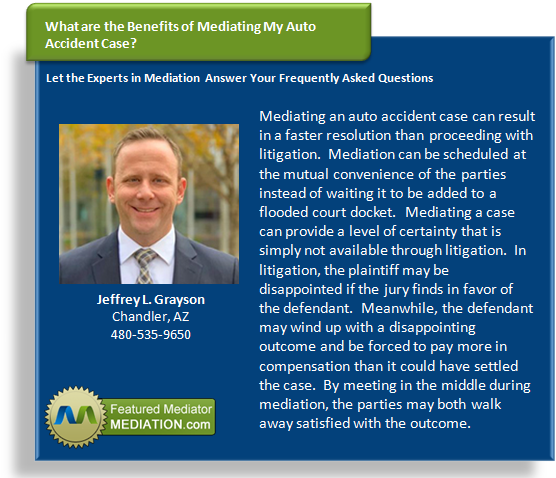Attorneys, Mediators and Professional Malpractice Claims – What the Numbers Show
 Professional malpractice has become a hot-button issue across many professions, but particularly for lawyers and mediators. On one hand, we see it from the plaintiff’s side—defending victims of wrongdoing from professional misconduct. On the other, we see it from the defendant’s side—as we, ourselves, understand the nuanced fine line between using the law for pursuing justice and abusing that law for pursuing personal greed.
Professional malpractice has become a hot-button issue across many professions, but particularly for lawyers and mediators. On one hand, we see it from the plaintiff’s side—defending victims of wrongdoing from professional misconduct. On the other, we see it from the defendant’s side—as we, ourselves, understand the nuanced fine line between using the law for pursuing justice and abusing that law for pursuing personal greed.
According to the American Bar Association’s profile of legal malpractice claims (2008-2011), the top five problem practice areas related to professional malpractice claims are below:
1. Real Estate (20.33 percent of all claims)
2. Plaintiffs’ Personal Injury (15.59 percent of all claims)
3. Family Law (12.14 percent of all claims)
4. Estates, Trust, and Probate (10.67 percent of all claims)
5. Collection and Bankruptcy (9.20 percent of all claims)
The most recent study, conducted in 2011, was the largest to date, showing data from 53,000 claims submitted by 20 lawyer-owned malpractice insurers and eight commercial malpractice insurers. The most interesting thing to note in the 2011 survey is that for the first time in 27 years (the time span in which the survey has been conducted), personal injury practice is no longer drawing the largest number of claims. What has replaced it is real estate practice—a definitive and telling result of the 2007-2008 housing market meltdown.
The ABA’s report further divides legal malpractice claims into four separate categories: 1) administrative errors, 2) substantive errors, 3) client relations and 4) intentional wrongs. Of these four, substantive errors were the cause of 45.07 percent of the claims filed in 2011 and remain the most significant reason clients file claims against attorneys following legal services rendered. Administrative errors fall at a close second, at 30.13 percent.
The third most reported legal malpractice claim involves client relations errors, which have risen to their 2003 levels at 14.6 percent, despite having fallen significantly in the 2007 study and having peaked (at 18.75 percent) in the 1999 study.
However, the 2011 ABA study does reveal some positive development, particularly in the category of lawyers committing intentional wrongs. This category—although peaking to 13.53 percent in 2007—has decreased significantly to represent the lowest percentage reported in all four categories (10.19 percent in the 2011 survey). This is especially promising, considering that for the most part, these types of errors are those that attorneys can avoid.









